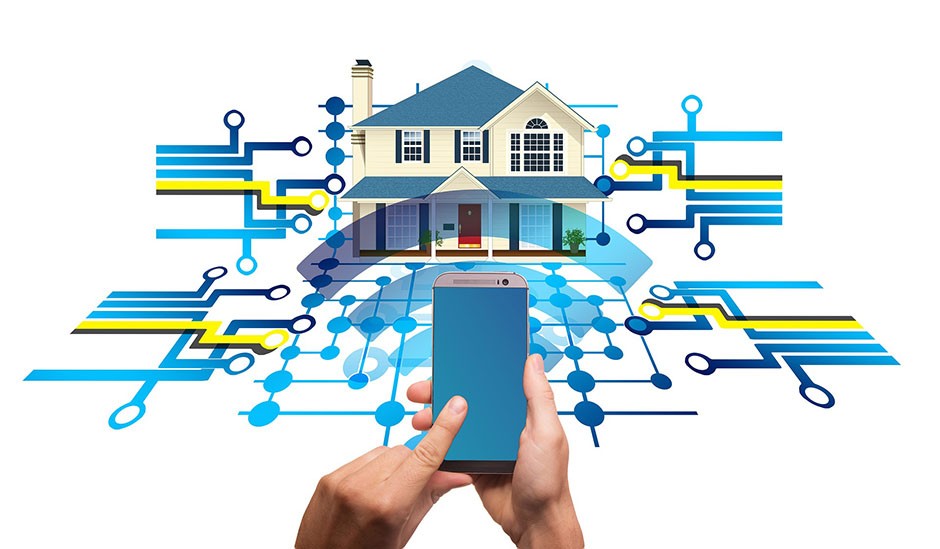Nowadays, smart home technologies are increasing in popularity. They offer a wide range of practical assistance, resulting in a higher quality of life. Here are just some of the ways:
Greater independence for the disabled
Smart home technologies allow people to do tasks with ease. One example is when a person living in a smart home wishes to switch on a light. Rather than walking across a room to flick the light switch, they say a word to illuminate a particular area of the house. This extremely simple and user-friendly operation can be highly beneficial for people with disabilities for whom living without assistance can be difficult.
Different organizations around the world are attempting to help the disabled equip their homes with such intelligent technologies so that they enjoy independence from others. One example is Tunnels to Towers Foundation, an American organization trying to receive funding from donors globally to help disabled veterans afford smart home technologies to live a comfortable life without others’ assistance. Another example is a Spanish organization called the ONCE Foundation, which attempts to examine the unique problems that disabled people face and provide the necessary help. This organization has expanded its collaboration with a number of companies specializing in home automation to develop a prototype of a smart home to address the diverse needs of people with disabilities.
Smart homes can make our lives easier
Smart homes can be equipped with thermostats to automatically adjust a room’s temperature to help people conserve the amount of energy they consume and cut their utility bills. Another example is the use of the latest generation of security cameras as well as smart doorbells. Such systems are distinguish familiar faces from unfamiliar ones and can alert owners to unusual sounds even when they are not home. As people typically have access to such security systems through their smartphones, they can check on their homes from wherever they are.
Improved care for seniors
For the elderly, coping with the challenges associated with aging may often cause resentment and depression. Caregivers, oftentimes family members, cannot stay home with the elderly at all times, which can cause a feeling of worry for both. Smart motion sensors are now an effective solution to this problem. Caregivers can receive information on their smartphones through sensors on any change that happens to a person in their care. For instance, the sensors will notify the caregivers if a person has not moved around the house before noon on a typical day despite a history of often getting up by 10 a.m.
The above examples demonstrate smart homes provide us with a chance to live a more comfortable life. Taken together, smart home technologies are receiving more and more attention worldwide for their numerous benefits and figure to play a much more significant role in our lives in the future.



